mother in laws tongue yellow
drich30099
9 years ago
Related Stories

HOUSEPLANTSMother-in-Law's Tongue: Surprisingly Easy to Please
This low-maintenance, high-impact houseplant fits in with any design and can clear the air, too
Full Story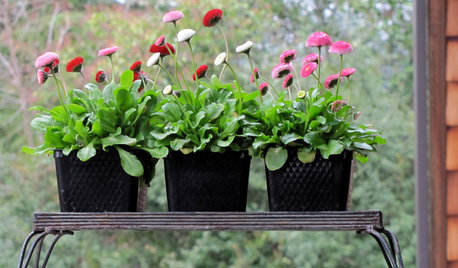
INSIDE HOUZZWhat Mom Wants for Mother’s Day
You’re right about a nice dinner and time with family. Here’s what else will make Mom happy this weekend
Full Story
MOTHER’S DAYWhat to Do for Mom on Mother’s Day
Show Mom you care by giving her a special dinner, taking care of household tasks and creating new memories together
Full Story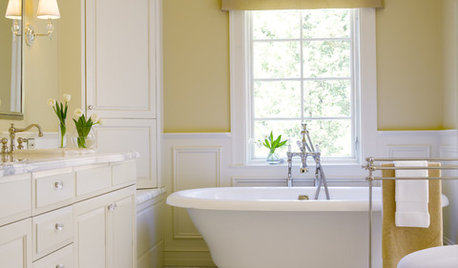
COLORBathed in Color: Favorite Yellows and Golds for the Bath
Get a golden glow for your bathroom with these expert paint picks and ideas for yellow walls
Full Story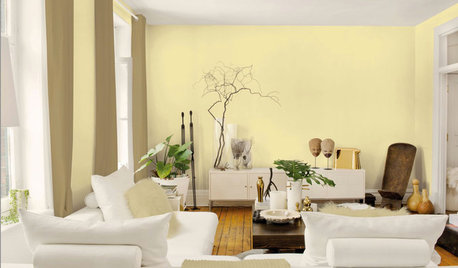
COLORBest Ways to Use the Soft Yellow Color of 2014
You may fall for PPG Pittsburgh Paints’ Turning Oakleaf if you like your hues warm, mellow and cheery
Full Story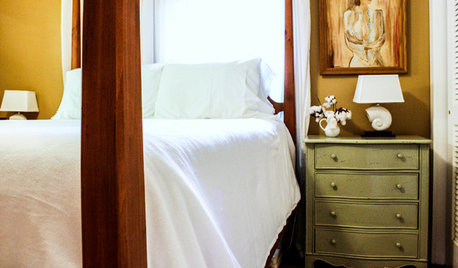
MOTHER’S DAYShow Us Your Mom’s Influence on Your Home
Maybe it’s a great chess set or a style philosophy. With Mother’s Day nearing, where do you see your mom in your space?
Full Story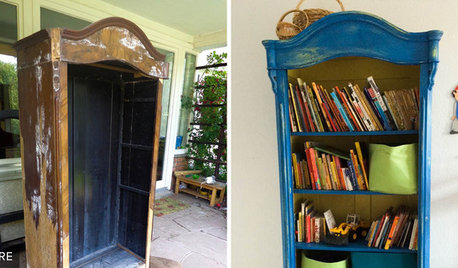
DECORATING PROJECTSProject Rehab: Water-Damaged Wardrobe to Bright Blue Bookcase
See how this mother in Germany transformed an antique wardrobe into a fun and functional bookcase for her children
Full Story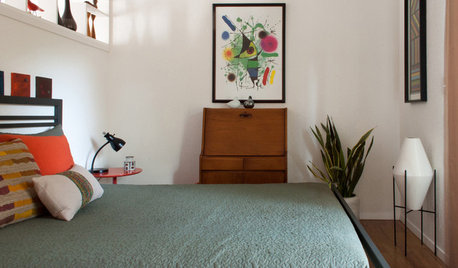
MOST POPULARMy Houzz: Hip Midcentury Style for a Mom's Backyard Cottage
This 1-bedroom suite has everything a Texas mother and grandmother needs — including the best wake-up system money can't buy
Full Story
GREENColor Guide: How to Work With Chartreuse
As earthy or electric as you please, this yellow-green hue brings the zing or just freshness to homes from traditional to modern
Full Story
BEFORE AND AFTERSMy Houzz: NFL Star Deshaun Watson Surprises Mom With a Remodel
The quarterback thanks his mother with new furniture, cabinets and a fresh style that brightens his childhood home
Full Story








zzackey
hacking_eden
Related Professionals
Arlington Landscape Architects & Landscape Designers · Surprise Landscape Architects & Landscape Designers · Bellflower Landscape Architects & Landscape Designers · Fitchburg Landscape Architects & Landscape Designers · Forest Acres Landscape Architects & Landscape Designers · La Marque Landscape Architects & Landscape Designers · Port Royal Landscape Architects & Landscape Designers · Aloha Landscape Contractors · Edinburg Landscape Contractors · Pahrump Landscape Contractors · Ridgewood Landscape Contractors · Seven Hills Landscape Contractors · West Covina Landscape Contractors · Arkansas Interior Designers & Decorators · Hercules Interior Designers & DecoratorsTiffany, purpleinopp Z8b Opp, AL
tapla (mid-Michigan, USDA z5b-6a)
greenman28 NorCal 7b/8a
kwie2011
hacking_eden
tapla (mid-Michigan, USDA z5b-6a)
Tiffany, purpleinopp Z8b Opp, AL
stewartsjon
kwie2011
Sans2014